Exclusive Offer 50% Off One Month Of Unlimited Classes
ONE BARRE DOES NOT FIT ALL. AND IT SHOULDN'T.
Modifications that make your workout personal, not easier
This is not a one-size-fits-all approach to fitness. Modifying barre exercises to suit your body is the secret behind a workout that's both personal and powerful. No one knows your body like you do, but our Bar Method instructors? Well, they're a close second.
Recommended modifications
Whether you’re healing from surgery, recovering from an injury or experiencing muscle tightness, you can work out safely by implementing modifications intelligently designed with physical therapists and intentionally delivered from highly trained instructors. Always consult with your instructor if you have any concerns or issues, they've got your back—literally. In the meantime, continue reading for adjustments that you can make to some of our most common moves.
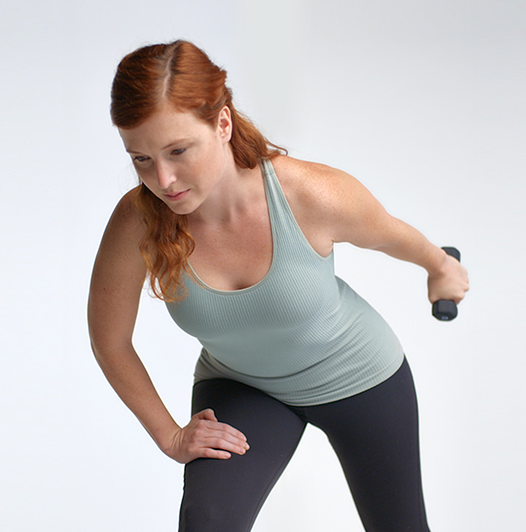
Back pain and discomfort
If you suffer from chronic back pain, here are a few modifications that you should consider:
Doing push-ups and plank on your knees.
Avoiding waterski thigh and knee-dancing.
Maintaining a slightly higher torso in fold-over.
Substituting diagonal seat for arabesque.
Leaning more diagonally forward in pretzel or place forearm on the floor or riser.
Supporting your back with more riser support in curl work.
Tight hamstrings
Whether you’re nursing a hamstring injury or have less flexibility there, tight hamstrings can affect your entire body. Here’s how you can adjust your barre workout to accommodate your hamstrings:
Use the stall bar during stretch at the barre.
In thigh, stay higher in second position.
In kneeling seat, place two risers and a small mat under your non-working knee.
In bent knee choreography, listen to your hamstrings and only bend your knee to a point of comfort.
In round-back, try sitting lower on the wall and keep a small bend in your knee.
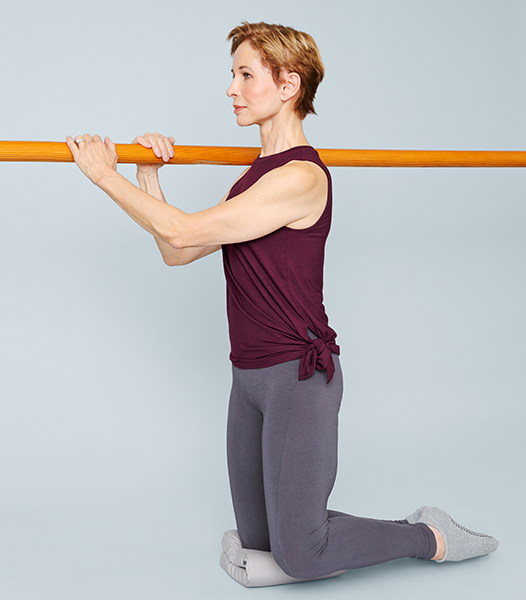
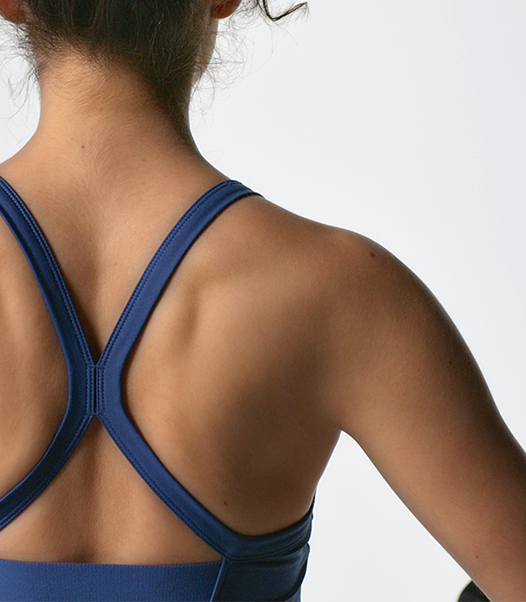
Shoulder pain or stiffness
Shoulder issues, whether it’s from an injury or overuse, can limit the range of motion in your upper body. If you have stiffness or pain with your shoulders, employ these adjustments in class:
Avoid hanging on the stall bar.
Perform any weight work with light or no weights.
Do pushups leaning diagonally into the bar.
Resist raising your room side arm up in thigh.
Modify chair and waterski positions.
Perform fold-over and arabesque at the stall bars where you can place your hands on a lower rung.
Wrist pain or weakness
If you have weak wrists or have difficulty using your wrists as weight-bearing support, try modifying with these adjustments:
Avoid using weights during weight work.
In pushups, place hands on a riser or heavy weights.
Modify table top and spider plank with traditional plank on your forearms.
Modify chair and waterski positions according to your instructor's suggestions.
Use straps for flat-back and round-back.
Avoid floor zinger and zinger.
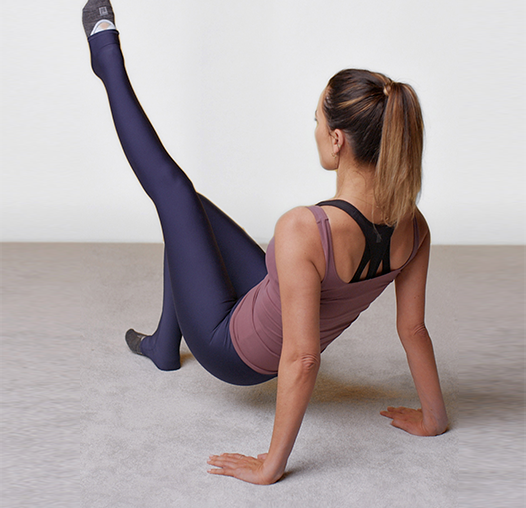
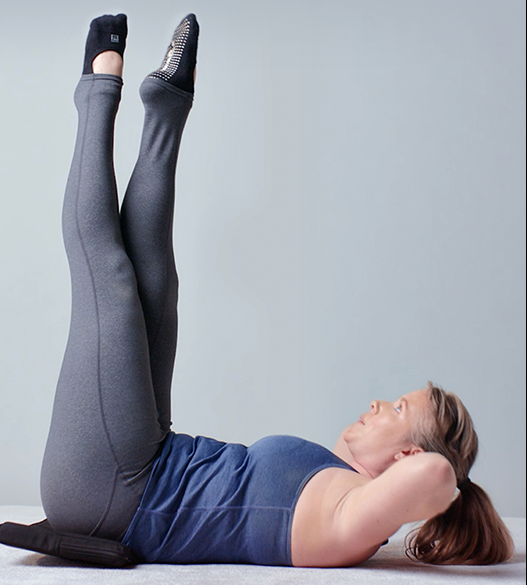
Hip flexor sensitivity
If you have tightness or pain in your hip flexors, you may want to modify any positions where your hip is flexed. If you have hip flexor sensitivity, consider the following exercise modifications:
In flat-back, sit on several risers and use straps at the stall bar.
In high curl, low curl and kickstand curl choose to place your feet in a diamond position.
During thigh work, modify chair, lunges and leg lifts.
Feel free to extend or lengthen your legs slightly forward when you are in seated positions like reverse push-ups.
Avoid spider plank and spider pushups.
Lessen your tuck in waterski and standing seat positions.
HEAR OUR STORY
Learn more about how we got our start 20 years ago and what sets us apart as one of the most unique botique finess brands in the industry.
